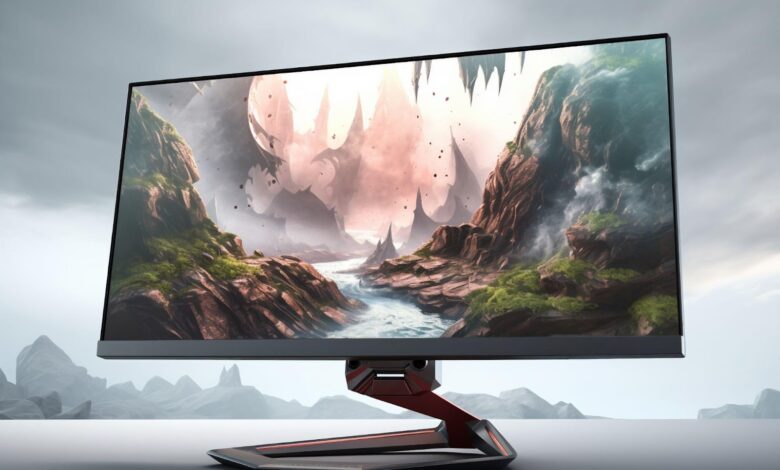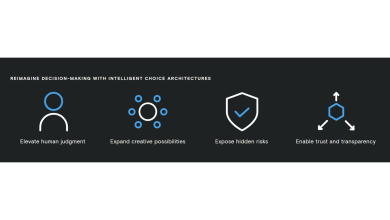
Eye comfort is now as important as resolution, refresh rate, as well as design when making a selection of a new display, be it in gaming, work, or day-to-day usage. A considerable number of manufacturers provide strong advertising that their screens are TUV certified to work at low blue light and have no flicker. The certification has become common as consumers become increasingly more aware of the long-term effects of digital screens on vision health.
But what is TUV certification, and how is it actually better on your eyes than conventional displays? We shall look into the specifics and see how it relates to modern display technology, such as high-end displays, such as the 120Hz monitor.
Knowledge of TUV Certification
TUV Rheinland is a non-profit making organization with independent global status that provides tests and certifications of products to ensure they are safe, of high quality, and not harmful to the environment. Regarding displays, TUV certification concentrates mostly on two areas of eye comfort, such as low blue light emission and flicker-free technology.
Blue light (particularly in the high-energy visible (HEV) spectrum) has been linked to digital eye strain, interrupted sleep patterns, and stress on long-term vision. TUV-certified displays have undergone tough, rigorous testing to ensure that they reduce the emission of blue light without affecting the quality of the image. Flicker-free certification, in its turn, guarantees that the display has an isotropic backlight, which means that the flicker that can be a source of headaches and fatigue even in long-term use will be removed.
With this certification, the manufacturers can give an assurance to the consumers that what they see is safe as per the international standards of healthier viewing. However, the actual question is: Does this actually make a difference in everyday life?
The Eye Health and Blue Light Science
Blue light is a natural occurrence in the sunlight, and when used sparingly, it is significant in our circadian rhythm. However, the amount of overexposure one encounters in the time frame of screen time can be toxic. Compared to other light wavelengths, the blue light goes deep into the retina; this may cause strain or discomfort.
The effects of digital eye strain are often blurred vision, dryness, headaches, and even sleep deprivation after using the device during late hours. Although the brightness of the screen and the distance are important, the kind of panel and its capacity to block blue light are also factors. TUV-approved monitors cut down on the toxic blue light emission by modulating the spectral output of the backlight. In contrast to simple software that filters out blue light, which may at times shift colors and show a display that looks artificially warm, the TUV-certified technology will balance eye comfort with natural colors that are perfectly reproduced.
Eye Fatigue and Flicker-Free Technology
Backlight flicker is another typical problem of non-certified displays. Most screens that are based on LED-backlights employ pulse-width modulation (PWM) to control brightness. Although this flicker might not be observable by the naked eye, even when exposed to repeated material, the eyes can be strained, especially when one is very sensitive.
Displays that are TUV-certified are equipped with flicker-free backlights that remain steady with the changing brightness. This not only makes the screen time more comfortable but also lets users adjust the brightness as they please with no concern of excess strain on the eye. Flicker-free screens can make a difference in those who spend 8 to 10 hours of their time in front of the computer screen using spreadsheets, designers who need to have color accuracy, and gamers who play for hours in a row.
TUV Certification vs Non-Certified Displays
Eye comfort standards are the major distinction between a TUV-certified and a non-certified display. Although quite a number of non-certified displays might also come out with blue light filters or flicker filter options, the TUV seal merely means that the device has gone through third-party testing and verification. This will provide an element of credibility to the consumers who are becoming health-aware of their TV practices.
However, also worth saying that TUV certification alone cannot guarantee overall eye health. As significant a factor in the question of how comfortable a display is going to be in the long run is the screen size, the resolution, the refresh rate, and the ergonomics. As an example, a nice monitor with a good, sharp resolution and smooth refresh rate can be as comfortable as a TUV-certified one, based on its use.
The Refresh Rates and Comfort of the Eyes
Refresh rate is one of the aspects of eye comfort that is, however, left out during such conversations. You can get away with a more basic 60Hz display when performing common day chores, but once you upgrade to a 1120Hz display, the difference is immediately noticeable. The increased refresh rates minimize motion blur, enhance responsiveness, a nd give a more natural viewing experience.
In terms of eye health, the increased refresh rates reduce the micro-strain on the head when your eyes attempt to track fast-moving visuals. Of particular importance is the case of gamers, video editors or even ordinary professionals who go through mountains of documentation or web pages on a regular basis. Combined with TUV certification, a high refresh rate monitor is the best of both worlds: it can be viewed with reduced blue light and no flicker, but provides smoother motion processing.
Are you in need of TUV-Certified Displays?
The answer to this question is in the affirmative; it depends on how you use your screens. TUV-certified displays can also be of great help to a person who spends a lot of time in front of a screen, either working, studying, or gaming. They are an added assurance of the fact that the technology is well-tested, safety-wise.
However, in other cases, when you already have healthy screen behaviors (like taking a 20-minute break, setting up ambient lighting,n,g and maintaining a decent viewing distance), a high-quality monitor with a good brightness, resolution, and refresh rate can also be entirely appropriate, even without TUV certification.
Practical Guidelines on Healthier Screen Time
Although TUV-certified displays may turn out to be the significant difference, they must be a part of a greater strategy of digital wellness. Such simple steps as adjusting the brightness of the screen to the natural lighting intensity, sitting in an ergonomic posture, and the 20-20-20 principle (the eye-object distance of 20 feet every 20 seconds, 20 minutes every 20 minutes) can contribute to the comfort of the eyes to a large extent.
Furthermore, combining certified TUV screens with other excellent solutions, including increased refresh rates, rounded edges, and extremely thin bezels, will provide a balance between functionality and wellness. Decent spending on the monitor will lead to productivi;y, however, it will protect the long-term eye health.
Final Thoughts
Is a display with TUV certification better for your eyes? It is, yes, measurably, it has positive impacts in lowering exposure to blue light and removing flicker, two of the largest causes of digital eye strain. Certification, however, is only a very small piece of the puzzle. Other issues like resolution, refresh rate, ergonomics, and healthy screen habits are also critical.
To individuals who value both comfort and performance equally, aUan V-approved solution can be suggested and complemented with contemporary features like a 120Hz screen to ensure the best balance between eye protection and comfortable viewing. It is not merely concerning enhanced visualisation, be it at the workplace, academic, or when gaming, but investing in the required monitor is also about ensuring your eyesight in the future.



